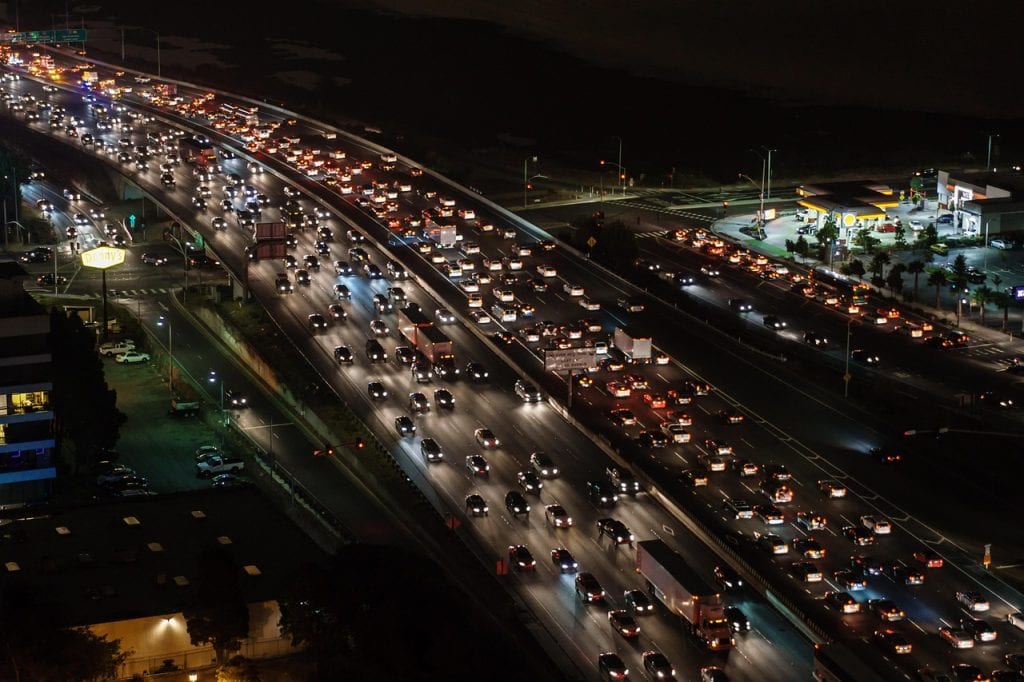
AAA’s latest analysis highlights Seattle, Orlando, and New York as the most popular domestic destinations, with Vancouver leading internationally for those seeking late-season cruises. With the travel boom comes heightened safety concerns: the National Safety Council estimates hundreds of preventable road fatalities this holiday, and Mothers Against Drunk Driving urges travelers to avoid alcohol and drugs behind the wheel.
Risks of Impaired and Teen Driving
Mothers Against Drunk Driving (MADD) warns that Labor Day is one of the most dangerous weekends of the year, citing National Highway Traffic Safety Administration data showing drunk driving deaths spike by as much as 40%. Impaired driving isn’t just limited to cars; boats, jet skis, and golf carts are at risk. MADD stresses open family conversations, especially with teenagers, as underage fatalities peak during the “100 Deadliest Days” between Memorial Day and Labor Day. The group backs new legislation requiring impaired-driving prevention technology in all new vehicles—a measure projected to save over 10,000 lives each year.
Shifts in Driving Patterns
Allstate’s anonymized Drivewise data reveals that driving habits shift from routine commutes to longer, more spontaneous road trips around Labor Day. Drivers accelerate more and brake less, reflecting extended travel rather than daily stops and starts. The app tracks millions of journeys to pinpoint congested corridors, highlight breakdown hotspots, and help travelers anticipate peak traffic patterns.
Congestion Hotspots and Timing Tips
Cities expecting heavy influxes include Nashville, Colorado Springs, Las Vegas, Austin, and San Antonio. Major highways in Atlanta (I-85, I-75, I-20), Houston (I-10, I-45), Chicago (I-90, I-94), Philadelphia (I-95), and Dallas (U.S. 75) are likely to feel the worst crowding. Both AAA and transportation analytics firm INRIX recommend early morning departures—ideally before 11 a.m.—and late-evening travel to avoid peak traffic. The worst congestion is expected on Friday, August 29, and Saturday, as many hit the road for one last summer trip.
Roadside Emergencies Spike After the Holiday
Breakdowns typically surge the day after Labor Day, with a 25% jump in mechanical failures as repair shops reopen and delayed maintenance catches up with travelers. Houston, Atlanta, and Chicago stand out for post-holiday roadside issues, which often involve vehicles that were left idle during travel.
Why Travel Is Surging: Costs, Gas Prices, and Trends
Travel demand in 2025 remains robust despite inflation or economic uncertainty. AAA reports lower travel costs this year: domestic flights are averaging 6% less than in 2024 and hotels are down 11%. Gas prices are steady and low, helping make road trips more affordable, and AAA crews are preparing for thousands of roadside assistance calls nationwide. Most Americans are choosing domestic destinations, including beaches and national parks, fueling the busiest driving season since the mid-2000s.
Air Travel: Airports Brace for Records
Airports across the country are expected to screen a record 17.4 million passengers through Labor Day weekend, with Friday and Monday projected as the busiest departure and arrival days. United Airlines, among others, anticipates a major jump in passenger volume compared to last year.
Smart, Safe Travel Checklist
-
Time departures for early morning or late evening to avoid gridlock and airport crowds.
-
Prepare both the traveling and parked car with basic maintenance; battery and tire issues are leading causes of holiday headaches.
-
Plan flights on less crowded travel days to save on costs and stress at airports.
-
Use sober rides, designate a driver, and intervene if someone attempts to drive impaired.
-
Take advantage of AAA’s roadside and travel planning resources for safer journeys.
A combination of solid planning, patience, and attention to timing can turn Labor Day travel into a joyful end-of-summer story, rather than an ordeal on overcrowded roads or in busy terminals.